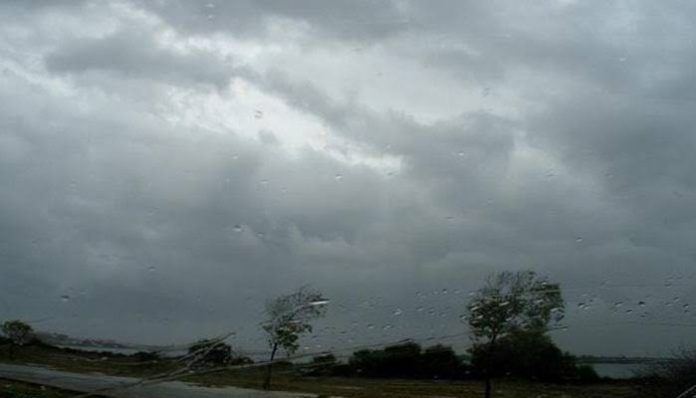On Saturday night, Karachi experienced widespread cloud bursts in several parts of the city, leading to a significant drop in temperatures as heavy winter showers occurred. Notable areas, including North Karachi, Surjani Town, Gulshan-e-Maymar, Orangi Town, Bahria Town, Saddar, North Nazimabad, Tower, Liaquatabad, and Nazimabad, witnessed substantial rainfall.
However, the heavy downpour brought along its own set of challenges. Parts of North Nazimabad and its suburbs plunged into darkness due to a power outage. The city’s delicate sewerage system faced difficulties once again, causing inconvenience for commuters as accumulated water mixed with sewage overflowed onto major roads, including MA Jinnah Road and I.I. Chundrigar Road.
In response to these challenges, K-Electric, the sole electricity distributor in the city, issued a cautionary message to citizens. They urged people to be cautious during the rainy season, advising them to stay away from potential electrocution risks such as broken wires, TV and internet cables, electric poles, and PMTs.
The Pakistan Meteorological Department (PMD) had previously forecasted the impact of a westerly wave on various parts of the country, bringing rain, thunderstorms, and snowfall to several regions, including Karachi. The Met Office specifically predicted heavy rainfall for Karachi on February 3 and 4, with various areas already experiencing light to moderate rain on Friday morning.
The challenges faced during the recent downpour highlight the need for infrastructure improvements and preparedness measures to ensure the city can better cope with adverse weather conditions in the future.


